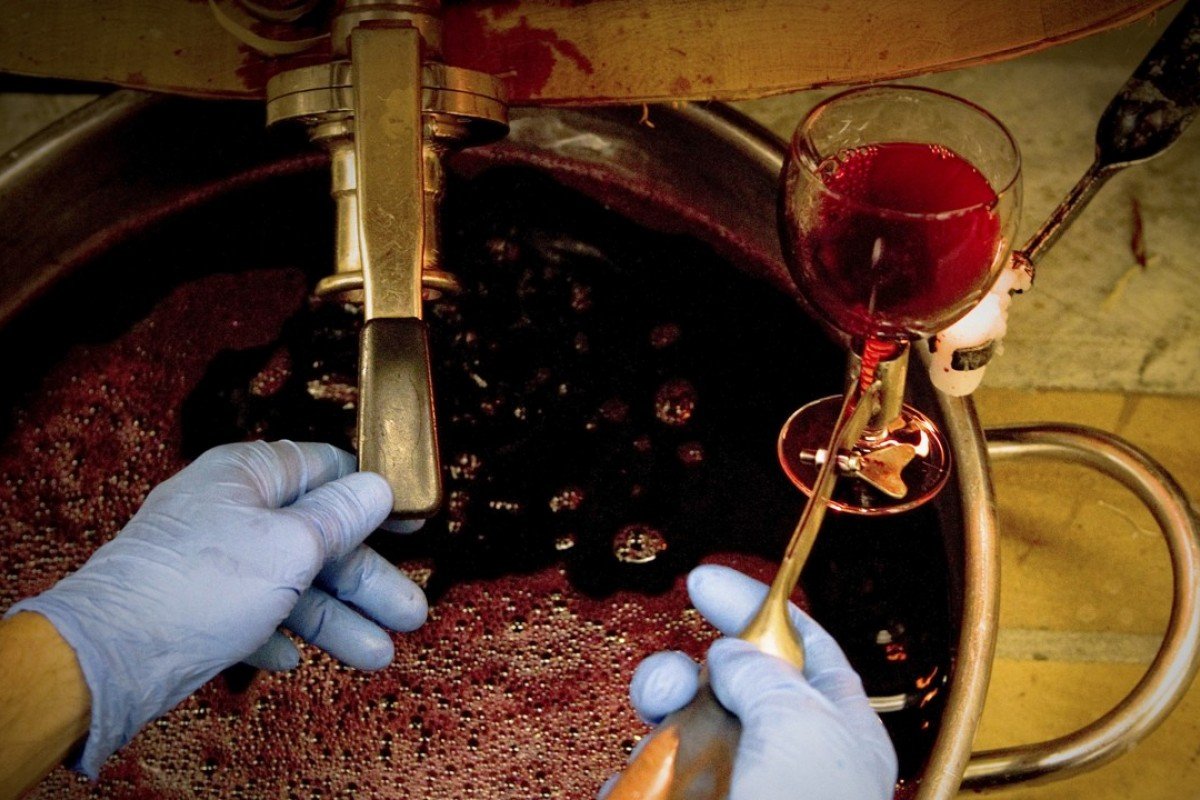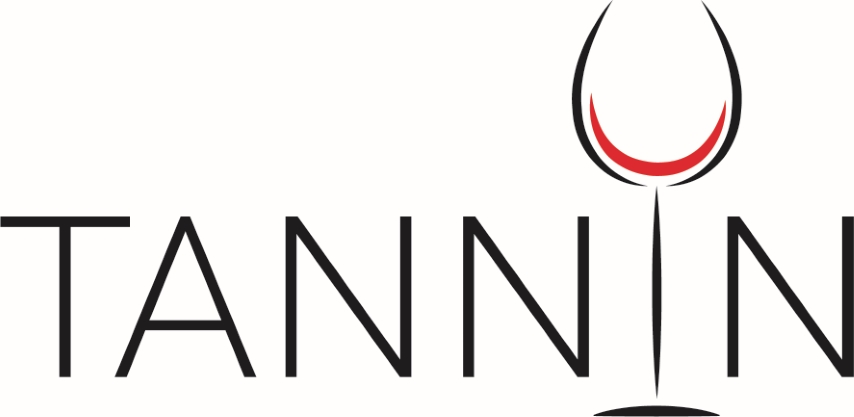Burgundy 2020 – expect inconsistency
Matthew Hayes, jancisrobinson.com, 22nd September 2020
The good news for fervent admirers of the notion of terroir is that 2020 could really be it: a benchmark, square-metre definition of Burgundian exceptionality, but not necessarily for all the right reasons. As I noted in Burgundy 2020 – very early harvest, there is considerable disparity between parcels picked clean and parcels left unpicked, often in the same vineyard. Furthermore, whereas picking for Burgundy’s sparkling wines started as early as 12 August (acidité malique oblige), Laurent Ponsot told me he was not intending to start until 10 September, a full month later and three weeks later than Burgundy behemoths such as Louis Jadot and Bouchard Père & Fils. Young Shi’s forensic report on Burgundy 2020 here lists an even greater variety of picking dates.
On 9 September I met with Thibault Gagey of Louis Jadot, a négociant that produces wine from a particularly broad spread of appellations, and the company’s chef de cave Frédéric Barnier. As I parked, a small truck of Pinot Noir grapes was being unloaded but essentially, having started on 19 August, their harvest was well and truly over – at least in the Côte d’Or. As we spoke in the circular, cathedral-like space of their Beaune cuverie (pictured above), they noted that harvests in Chablis (where they only buy grapes) and in the Mâconnais were still ongoing in balmy, summer conditions. And the reason for this disparity was rain.
Chablis to the north and the Mâconnais to the south of the Côte d’Or were wetter in June and July than the famous strip of vineyards between them, and the vines had substantially benefited. Speaking only for Jadot, Barnier spoke of their decision to pick increasingly on the basis of visual evidence of raisining. There was no point in delaying, he said (at least for Pinot Noir), with a crop that was already substantially reduced. The result would just be thick skins and even less pulp. Laurent Ponsot may not agree, but well over 90% of the Côte d’Or’s vignerons clearly do.
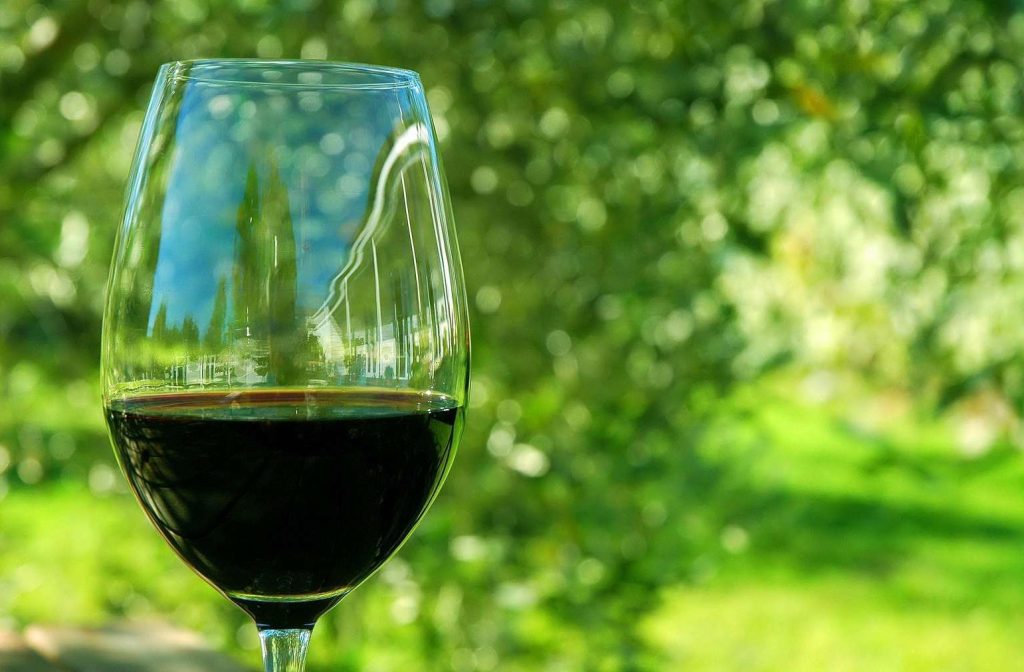
However, the Côte d’Or’s vinescape has been exceptionally heterogeneous this year. Barnier underlined that there were huge differences within climats that would normally be judged as one whole. Within individual vineyards that should, in theory, show homogeneity there were great differences in both maturity and yields. These were principally the result of a shortage of rain, despite the winter’s generous groundwater and nigh-perfect growing conditions in every other respect. This goes some way towards explaining the diversity mentioned above, and serves as a caveat to what we may or may not finally find in the glass.
The good news is that Barnier was uncompromisingly upbeat about the wines they have harvested and that are now fermenting. Chardonnay (and presumably Aligoté elsewhere) suffered less than Pinot Noir, but even Pinot yields are a little higher than in 2019, although admittedly less than annual averages. The 2020 Pinot Noirs are deep in colour, similar to 2015, but with less pronounced tannins than 2015. Above all, the wines are blessed with fresh acidities, according to Barnier. As for the whites, they are likely to speak for themselves: loudly. The Côte d’Or’s Chardonnays, many of which benefited from some late August rain, should merit close attention.
Two days after my briefing at Jadot, Cécile Mathiaud of the BIVB released the generic association’s initial press release on 2020 in English. With regard to Jadot’s comments, this excerpt from the press release seems particularly apposite:
“In more advanced plots, the closed bunch stage was reached around 23 June. Later sectors had to wait until the first week of July. By this time, there were significant differences in maturity from one plot to the next …”.
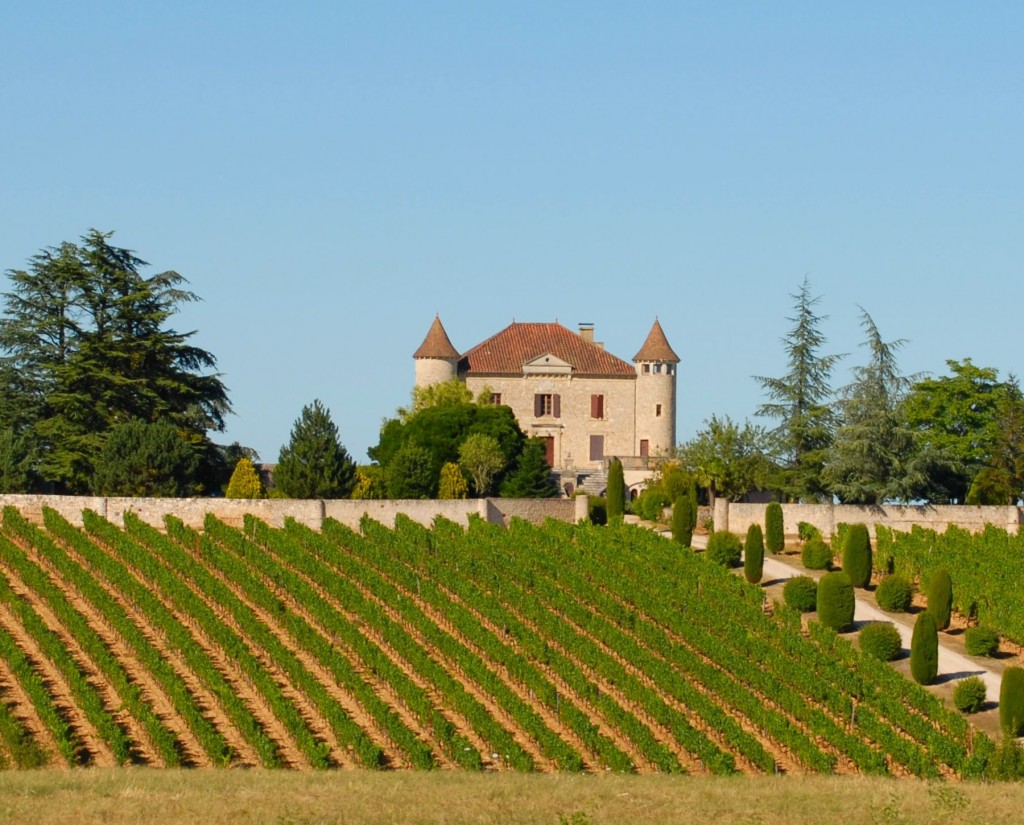
Bordeaux 2020 vintage report
Mark Pardoe MW, Berry Bros. & Rudd
If you’re reading this, it is likely that the first question you’ll want to be answered will be: “Is 2020 any good?” The short answer is “yes”, a longer answer is “yes, and some of the wines will be outstanding”, but to get the detail, you’ll need to read what follows.
BORDEAUX 2020: FIRST THOUGHTS
Firstly, it is important to know the year’s weather patterns. In a nutshell, winter was mild, continuing into spring, which was also very wet. There was dry and warm weather for the early flowering in the second half of May. This was followed by very warm and, importantly, arid conditions from 18th June to 11th August. There were then heavy, rapid thunderstorms, often overnight, which dropped huge volumes of water on the Left Bank, but less on the Right Bank. Harvest was dry and very warm, with only intermittent rain after 20th September. From early October, it turned very wet again.
The ramifications are as follows. The mild winter caused the vine cycle to begin early. The springtime rain encouraged this precocity, and also topped up the water table. The clear weather around flowering allowed a good fruit set, but the subsequent wet weather raised mildew as a potential issue. The ability to combat the disease depended on the level of infection and each producer’s regime to manage it; mildew is harder to repress for a certified-organic estate.
The heat and rainfall pattern in 2020 has produced an interesting paradox. The 2020 vintage was clearly very warm. The first part of the year, which induced the early flowering, was significantly warmer than 2018 or 2019, but the heart of the summer was very marginally cooler. Taken as a whole, 2020 was as warm as the baking 2018, but not as intensely hot during the summer. Yet the intensity of the rainfall (received as cloudbursts rather than prolonged rain) has given 2020 the highest amount of rainfall between March and September of the past decade, even more than the soggy 2013 and more than 15% above the 30-year average.
Thus, the long, dry, two-month period until 11th August was good for the progress of the vine, especially where water reserves in the soil were adequate, or where a clay-based soil was able to retain moisture. But some vineyards certainly suffered drought stress. Relief when it came arrived in mid-September: the mornings were distinctly cool, although the temperature built during the day to peak in the mid-30s.
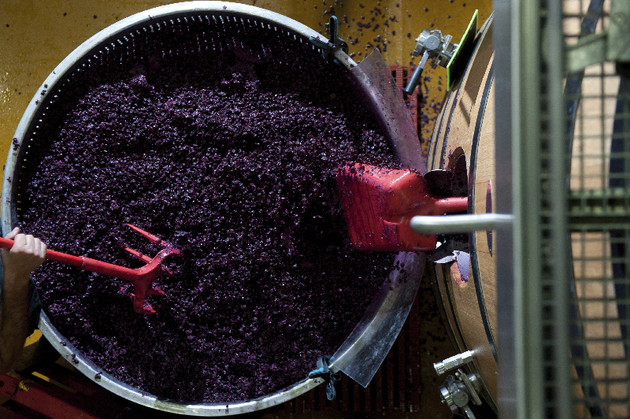
AN EARLY HARVEST
The early flowering meant that the vintage was able to start around mid-August for the dry white wines, with the Merlot harvest beginning around mid-September. Cabernet Sauvignon began about a week later, and the harvest was quickly completed. When the weather did break in early October, a month’s worth of rain fell in the first week but, mercifully, nearly everything was already gathered, bar a few late parcels of Cabernet Sauvignon and Cabernet Franc. Had the harvest not been early, the Cabernets would have been significantly compromised by the October conditions.
HIGH QUALITY, LOW YIELDS
So, the quality is potentially very good indeed, but yields are down due to a three-pronged assault. Firstly, the mildew, if not successfully contained, will have reduced the size of the potential harvest. Secondly, the very dry summer will have kept the size of the berries small. Lastly, during the fine, dry and hot September, bunches will have suffered transpiration (water loss through evaporation), reducing further the ratio of juice to skin.
Overall, it is thought that 2020 is down about 10% in volume against 2019, but those figures are for the whole of the Bordeaux region. A look at the yields in the premium communes shows a more drastic reduction (in some cases, of 25%). It’s clear that the more water-retentive clay-rich soils of the northern Médoc and, especially, Pomerol coped better with the heat. And where earlier-maturing Merlot is predominant (such as St Emilion and, again especially, Pomerol), there was less opportunity for transpiration. The appellations without clay and higher in sand and gravel suffered the most.
THERE’S MORE TO COME
This report gives an overview of the region and must contain some generalisations. Over the next few weeks, we will have conversations with leading producers in each of the major communes and publish a further series of short reports, each focusing on a particular commune and also giving more detail on the region’s dry and sweet white wines.
This report has been compiled before our tasting, which will begin in earnest in mid-April. Samples from over 100 châteaux are being sent to our offices in Basingstoke for scrutiny by our Bordeaux team.
But there is little doubt that we will be tasting some very special wines from favoured châteaux and terroirs. There is a positive confidence emanating from Bordeaux, but without hyperbole. This small, high-quality vintage is what the market needs, yet the global economic challenges mean that 2020 might also be priced realistically.
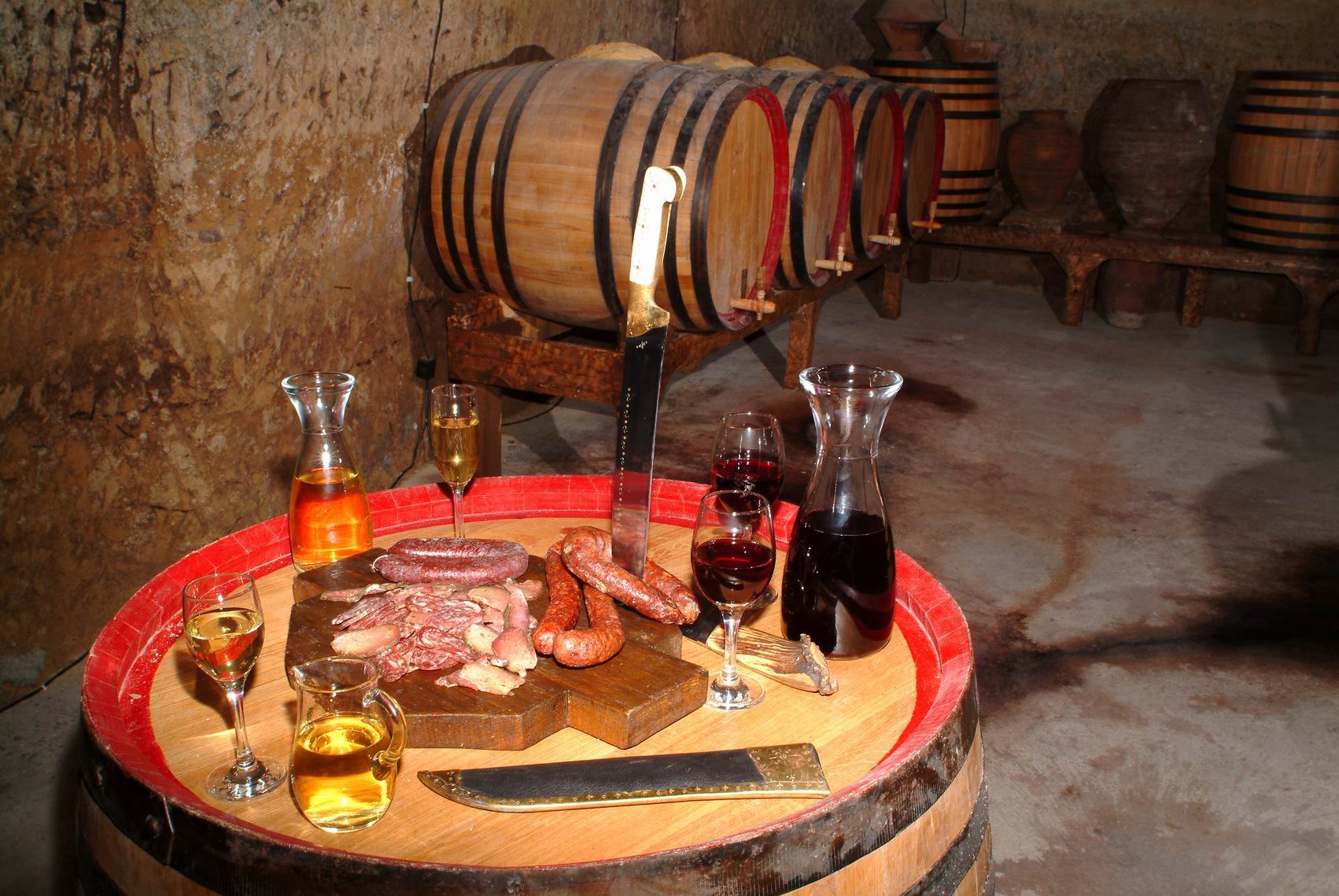
What to drink in 2020: Burgundy
Adam Bruntlett, Berry Bros. & Rudd blog, 31st January 2020
WHITE BURGUNDY
An excellent tasting of 2010 white Burgundy organised last year by Sarah Marsh MW in our cellars at No.3 St James’s Street provided a timely reminder of the quality of this vintage. All of the 30 or so wines tasted, which ranged from humble Bourgogne Aligoté to a fine magnum of Caroline Gagnard’s Bâtard-Montrachet, showed well, with none of the wines displaying signs of the dreaded premature oxidation (premox) that haunted the 1990s and 2000s. However, while many wines seemed able to go on for a few years still, none felt as though they would improve significantly, so I would recommend enjoying them now while they are in a happy place.
The same applies to anything older: while some real enjoyment can be found in these, I would strongly suggest anything from that period is drunk up now to minimise the chances of encountering the well-publicised risks of premox.
The 2011 vintage’s reputation grew from a somewhat inauspicious start, and is to my mind a touch more successful in white than red, the slightly herbaceous character of the year suiting Chardonnay better than Pinot Noir. That said, these wines should be drunk in the next year to avoid disappointment. The 2012 vintage, on the other hand, provided concentrated whites in a slightly riper style. These can be approached now, but it’s safe to hang onto them for a couple more years.
The 2013 vintage was on something of a knife-edge with botrytis, and the wines tend to fall into one of two camps: slightly underripe and lacking a bit of flavour ripeness, or with the tell-tale orange flavours and twist of bitterness that comes from a touch of noble rot. I tend to hold a preference for the latter style, though terroir-definition is lacking a little. Both styles are ready to drink now, and the richer, later-picked wines pair well with foie gras and spiced dishes.
The 2014s are true classics, wines for the purists. The acidity is often searing, with many wines seeming a little austere and charmless, even at Bourgogne or Village level. Certainly, if a richer and more generous style is what you are looking for, the 2014s should be ignored. Personally, I will be burying mine at the very back of the cellar and ignoring them for many years. Changes in the vineyard and cellar, as well as the use of alternative closures such as screwcaps and DIAM corks mean the risk of premox is not a factor.
The 2015 vintage is fast becoming a favourite of mine; the puppy fat has been shed and there is a little more classicism than we initially thought. Such is my enthusiasm for the 2015 whites that I feel it arguably surpasses 2016, a vintage which I tasted in great detail in May, with mixed results. The 250 wines we assessed blind showed a greater imprint of the difficult vintage than in barrel and tank, and I would be inclined to drink them sooner rather than later. The notable exception to this is the wines of the Mâconnais, which are – in the most part – outstanding (provided hail damage was not a factor).
Wines from 2017 offer something for everyone; the classic acid backbone of ’14, combined with some of the generosity of ’15 or ’18. The wines are charming and all too tempting to enjoy now, but I would urge patience to derive maximum pleasure. In Chablis, these wines are arguably more complete than the 2014s.
The 2018 vintage has reaffirmed the ability of the region’s growers to produce excellent white wines even in challenging vintages. The warmth of the year has given the wines a certain generosity, but they have gained in freshness during their élevage and will continue to do so at bottling and beyond. Much like 2015, I feel this is a vintage which will turn out to be better than anticipated for Chardonnay. The wines are approachable and can be broached when young, but there should be no hurry, and the best will offer good medium-term ageing capacity. The Mâconnais appears to have really overperformed in 2018 and continues to offer excellent value when compared to the Côte de Beaune.
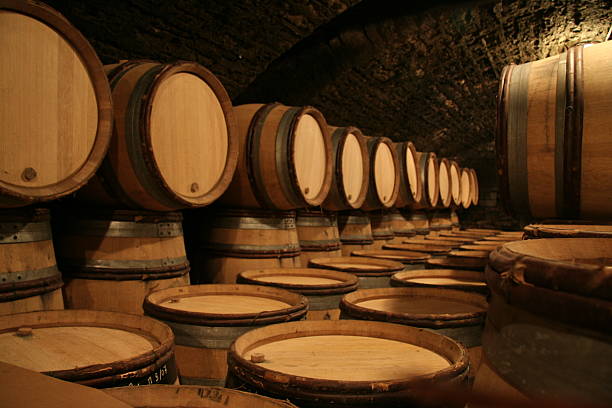
RED BURGUNDY
With 2018 the latest in a succession of early harvests, my cellar tastings often descend into discussions around what the future profile of Burgundy will be, and what the last “old-fashioned” Burgundy vintage was. Allied to the recent warmer conditions is a definite move towards producing wines that are more approachable in youth; less extracted, with less new oak and a more delicate, elegant profile.
At its best, 1999 should continue on for a good few years yet, although the optimum window is certainly open. The two immediate successors, 2000 and ’01 are also both enjoyable now and at their peak. A tasting of 2002s a year or so ago suggested they should be drunk fairly soon, showing some heavy-handed winemaking which masks some of the charm of the vintage. They may still shed the oak and tannin, but generally I don’t feel they are likely to improve significantly.
The yin and yang vintages of 2003 and ’04 are always fascinating and worth comparing side by side. The ’04s, light-bodied and high in acid and tannin, show the style of Burgundy that purists perhaps now crave – a stark contrast to the ripeness of 2018, for example. The previous year, a heatwave vintage with acute spikes of hot weather, gave wines of much greater concentration and power. The ’03s have taken time to come around, but there is a feeling of near-indestructability about them, even if they are not classically Burgundian in profile. It’s safe to press on, but I think they will surprise with their longevity.
The 2005 vintage has substantial tannic structure. These are robust wines which even at village level do not offer much pleasure at the moment. One to forget for a while at the back of the cellar. In complete contrast, ’06 and ’07 are ready to go, and should be drunk up in the next couple of years. The 2008s’ high acidity gives them a little more longevity, but again these are wines which will give most pleasure in the near future.
The 2009s and ’10s are worth waiting for, although the richer profile and lower acidity of the former means it is safe to open a bottle or two. The ’11s are in a good place at the moment, although the herbaceous character and muted fruit of some wines might not be too everyone’s taste. They are excellent food wines, particularly for savoury dishes featuring mushrooms or lighter game.
2012 remains youthful in character, although I have begun to approach some Bourgogne and lesser village wines with pleasing results. There is plenty of fruit and a structure which suggests the more serious wines need a few years yet. 2013 is interesting; the last Burgundy vintage to take place in October and perhaps the last of the true “classic” Burgundy vintages. As such, opinions remain divided on its readiness; the relatively high acidity and nervy fruit profile make it an ideal food vintage, but it may come to be revered as the last of its kind.
The 2014 vintage is a personal favourite; energetic and bright, the crunchy acidity and modest alcohol level of these wines makes them very drinkable, particularly at the table. It is not a vintage with huge concentration, but its vigour suggests there should be no hurry. Wines from good growers, even at Bourgogne level, will benefit from decanting for a few hours before drinking, to allow the acid to soften a little.
The 2015s and ’16s should arguably be left alone for a while, the former a little richer and the latter somewhat fresher. Neither should be broached for several years as they are likely to close up soon, if they have not already done so.
A real charmer of a vintage, 2017 is one whose reputation I feel sure will only improve over the next few years. Initially overshadowed by the whites, the reds are an absolute joy at every level, and can be drunk now on their fruit. There is an effortless, transparent quality to these wines; everything is in perfect harmony and there is a purity of Pinot Noir fruit that will delight lovers of Burgundy. While I may be proven wrong, I do not feel these wines will close up, meaning they are both approachable and age-worthy.
A final, quick note on the Beaujolais, whose wines continue to offer excellent value and real cellaring potential. Indeed, my favourite wine experiences of 2019 included a magnum of 1983 Beaujolais from the south of the region (outside of the Villages zone) and a three-litre bottle of 1999 Morgon from a Roger Thévenet. Recent vintages have left Beaujolais fans spoilt for choice, but 2018 seems richer and perhaps more approachable than the slightly more austere 2017s. The 2016s are elegant and delicate, but can be approached now, whereas the beefier 2015s perhaps require a little more patience. The 2014 and 2012 vintages should be drunk up, whereas 2013 and 2011 still offer plenty of ageing potential from serious producers in the top crus.
